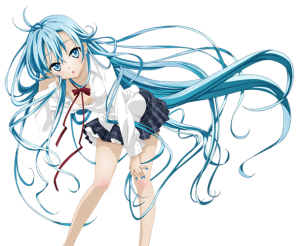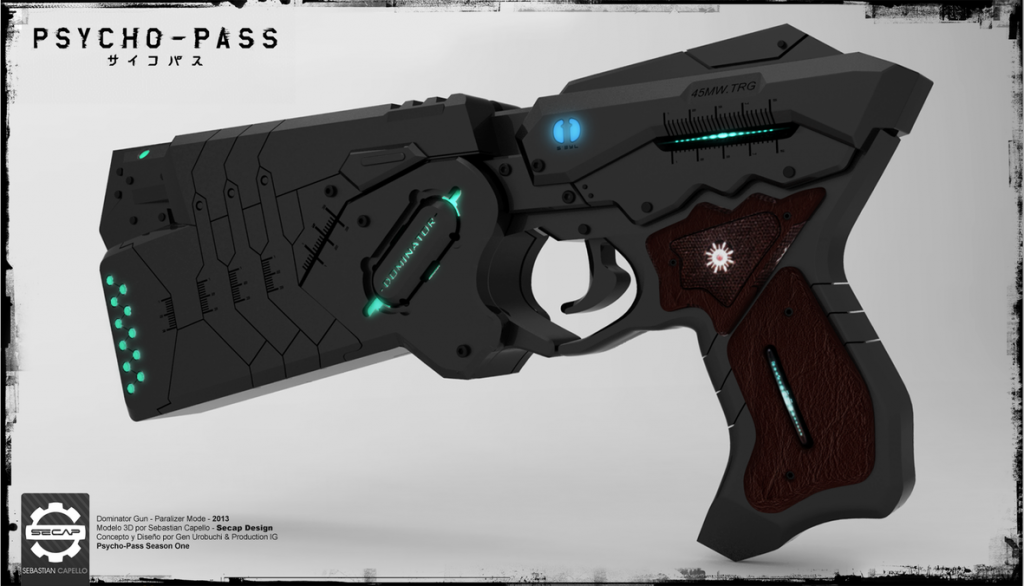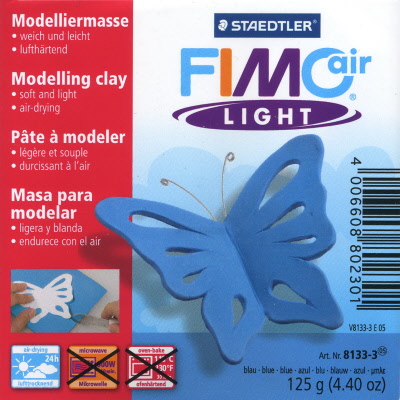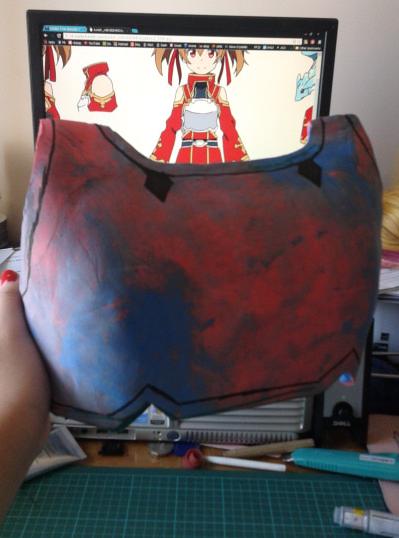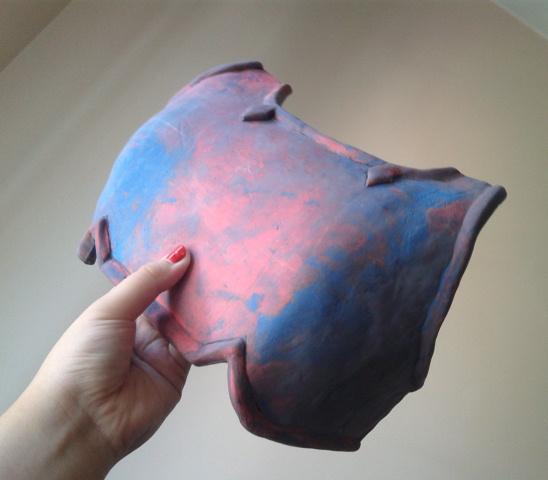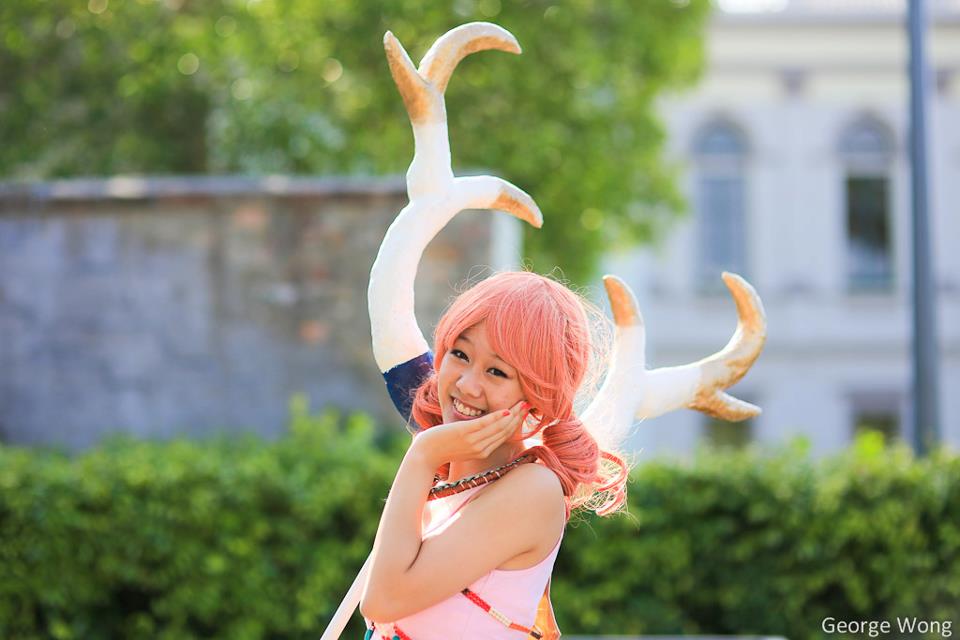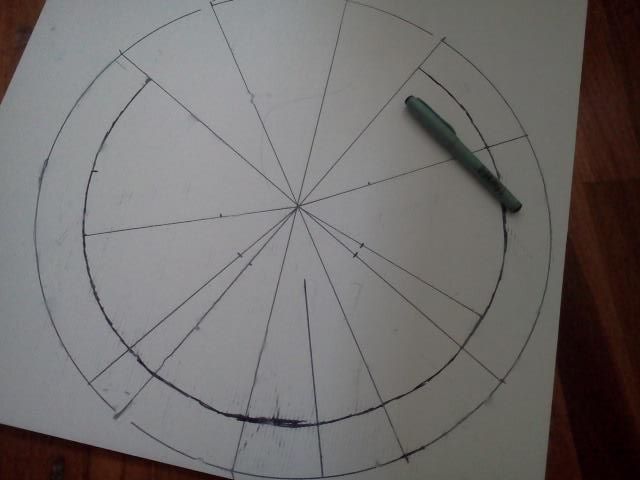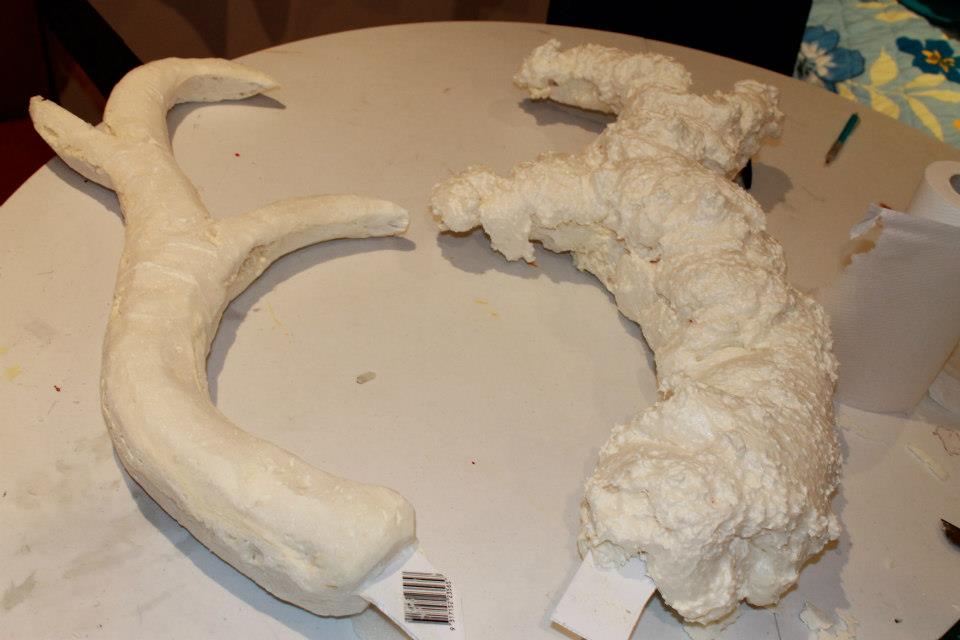Most cosplayers or anime fans like to purchase some anime cellphone pendants,so today miccostumes want to share a tutorial to teach you how to make your own Hoozuki Sama cellphone pendant.(Click here if you want o get Hoozuki cosplay costume)

Material
1. Non-woven fabric (white, black, red, orange, green and skin color)
2. Thread (same as the non-woven fabric or similar)
3. Glue
4. Water-soluble pen
5. Some PP cotton
6. Phone strap and ribbon
7. Scissors
8. Ruler
Process
1. Draw all the sections with the water-soluble pen
① Head (two pieces about 4.5 x 5cm each)
② Ear (two pieces about 1.5 x 0.7cm each)
③ Hair (two pieces about 0.2-0.3cm bigger than the head)
④ Clothes (two pieces about 7.5 x 5cm each)
⑤ Body (two pieces about 6 x 6cm each)
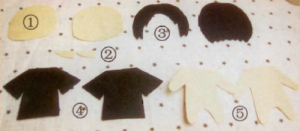
Note: Make sure the hair is a bit bigger than the head and the clothes is a bit bigger than the body.

2. Sew the two body pieces together with skin color thread, fill in PP cotton at some point and then finish sewing.

3. Spread glue on the body, stick the two clothes pieces together and then stick the accessories. Please cut off the extra parts.

4.Draw the details with the water-soluble pen, cut them off and then stick on with the glue.
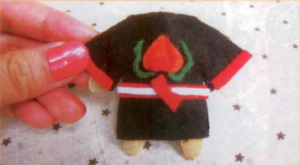

5. Sew the sides of the clothes with black thread.

Now the body part is finished. Y(^_^)Y
6. Draw the eyes and mouth on the head with the water-soluble pen. You can put the hair on the head (do not stick it now) to help you determine the locations of the eyes and mouth.

Now the body part is finished. Y(^_^)Y
7. Cut off pieces of eyes and eyebrows and then stick them to the locations you drew. In order to highlight the eyes, sew around the eyes with black thread. Then sew around again with red thread to make it look more like Hoozuki.
Sew the mouth (shape of M) with black thread.
Sew the two head pieces together from the top to the bottom. Don’t forget to sew the ears.

8. Fill in PP cotton at some point but do not sew the jaw together.

9. Sew the head part and the body part together.

10. Stick the hair on the head with glue.
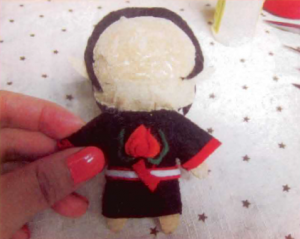
11. Sew the hair with black thread (only the part above the ears). Remember to sew a ribbon at the top for phone strap.
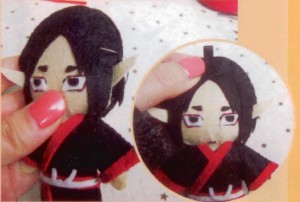
12. Last but not least, stick Hoozuki’s horn.
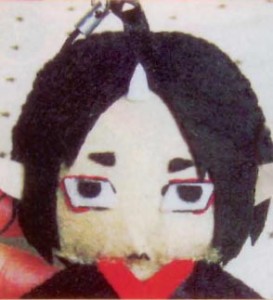
Congratulations~! You’ve got your own Hoozuki Sama now~! \(^o^)/
If you want to get more cosplay & anime accessories tutorials, please subscribe our blog or follow our facebook page and twitter 🙂







